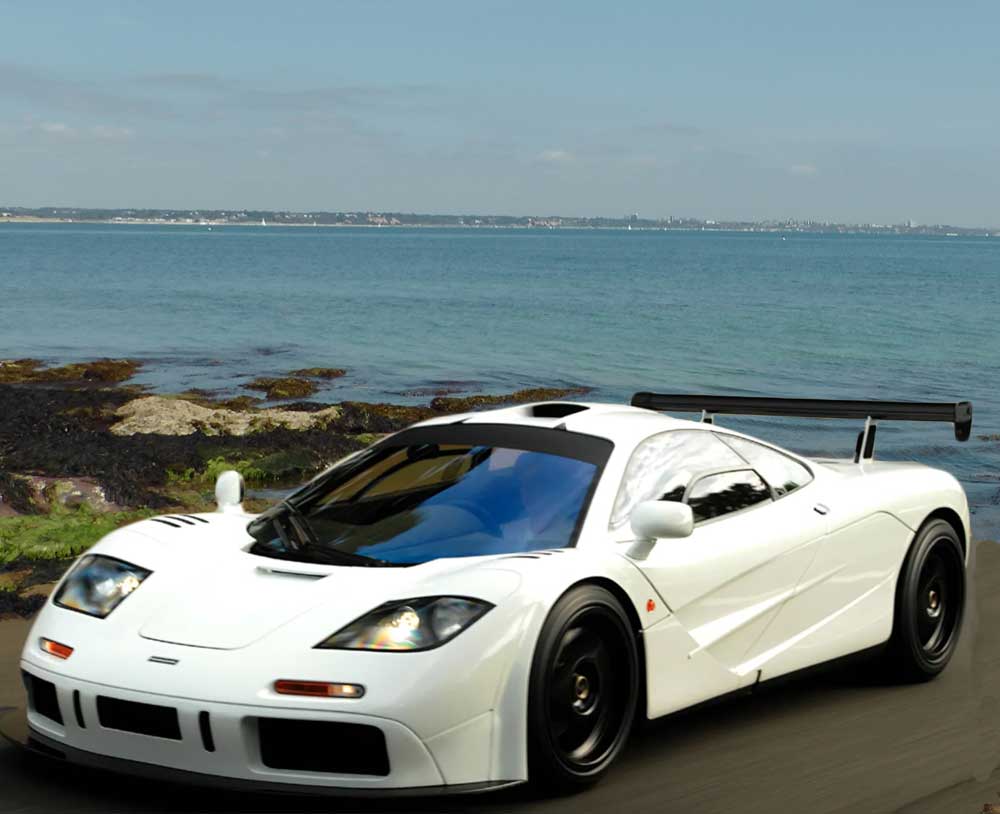Favourite Cars
Some of the most exciting cars in the world

Some of the most exciting cars in the world

In the early 1990s McLaren's chief engineer Gordon Murray was a man with a mission. He wanted to create the ultimate road car. On his way home from the 1988 Italian Grand Prix he sketched out a three seater sports car; something he had been dreaming of building for years; which resembled not so much a car as a jet fighter aircraft (without wings of course). What he wanted to build would be fabulously expensive but he was able to persuade Ronald (Ron) Dennis, the owner and CEO of McLaren, to back it. The result was the finest supercar of it's day; the McLaren F1.
To get the ultimate high-speed car it is necessary to have two things; light weight and a powerful engine. The problem with powerful engines is that they need strong support which normally requires heavy mountings; however materials such as carbon fibre, Kevlar, titanium and magnesium are lightweight but very expensive. Money was no object however and so the project went ahead.
The first requirement was an engine. Honda was approached at first but declined to provide one; however, BMW were much more forthcoming. Under the direction of German engine designer Paul Rosche (sometimes known as Camshaft Paul) a naturally aspirated 6.1 litre V12 was designed that produced a massive 627 brake horsepower, but which even so was very sweet tempered, particularly when the revs were limited to 7500 rpm!
Normal aspiration was decided over turbo or supercharging since the last two methods, although they can force more power out of the engine, can decrease reliability and also make the car more difficult to handle since power tends to come in sudden bursts.
Unusually the car did in fact have three seats across the cabin, with the driver in the middle and sat slightly forward. This gave the driver excellent forward vision. The doors pivoted forward and upwards; this gave ample room for the driver and passengers to get in and out such a low-slung car.
A monocoque chassis created out of carbon fibre reinforced polymer was created with aluminium and magnesium fittings for the suspension. This created the maximum possible strength commensurate with the lowest possible weight.
In 1998 an F1 achieved the record for the world's fastest road car; with the rev limiter set to 8500 rpm an official speed of 240.1 mph was recorded. Although this has since been beaten by cars with forced induction it still remains a record for a naturally aspirated car.
Are you dreaming of one? By 1998 102 of these incredible cars had been built, but with a pricetag of around £600,000 they would have been beyond the reach of any but the richest motorists. What one would fetch now if it came up for auction is a good question!
Are you looking for some REALLY CHEAP UK car insurance?